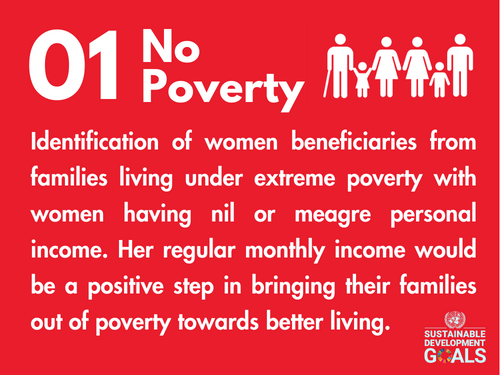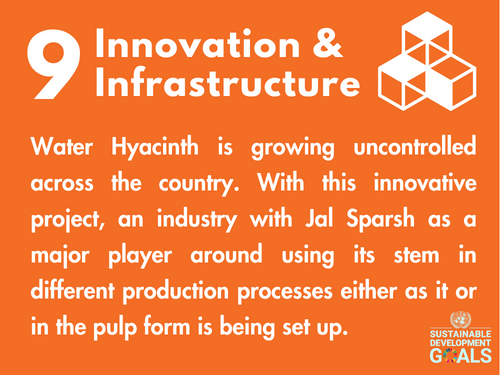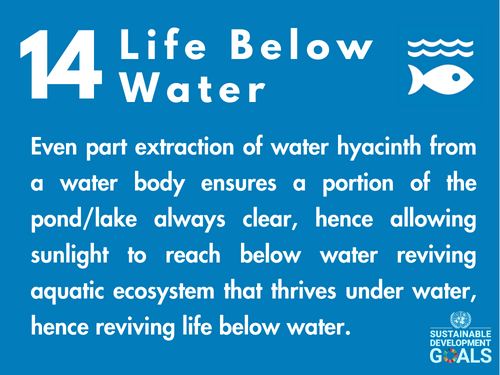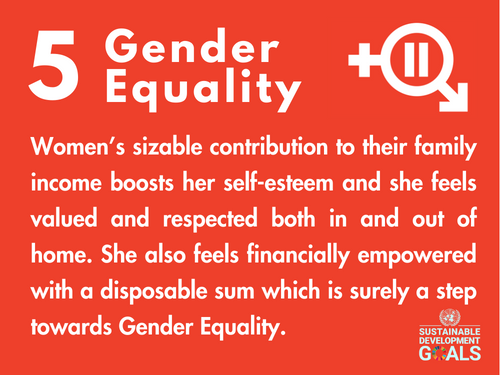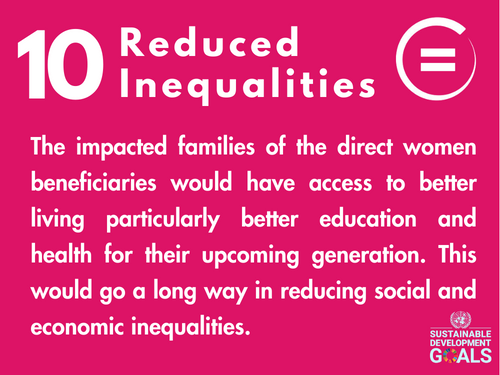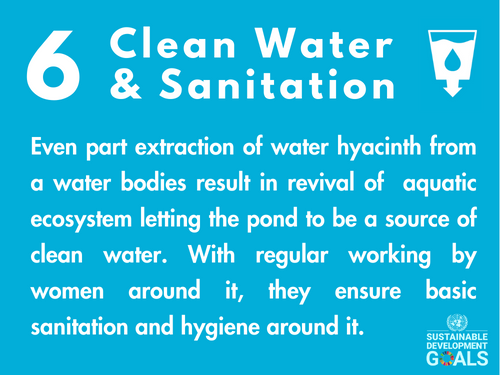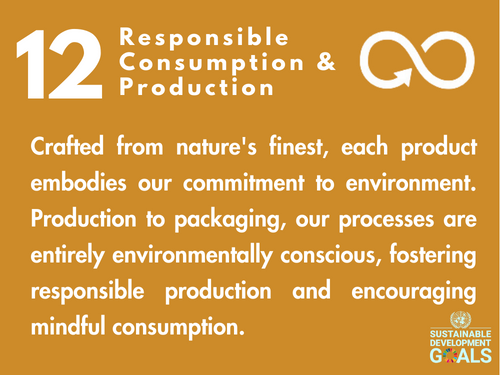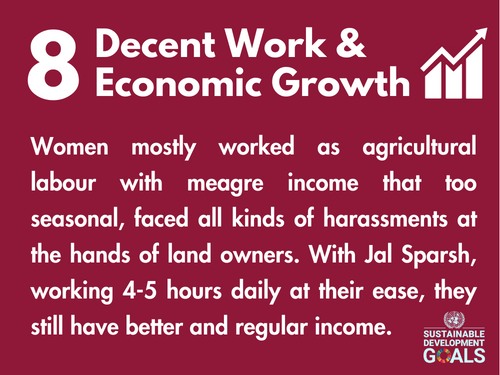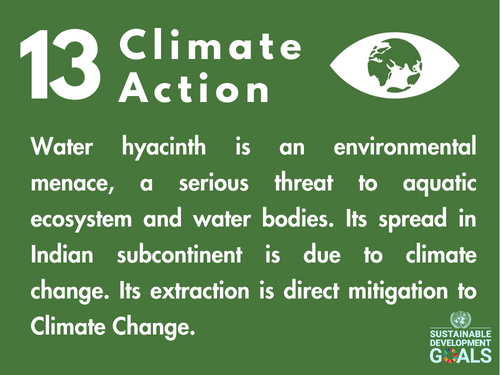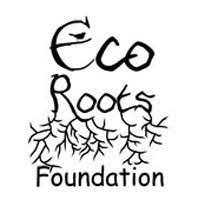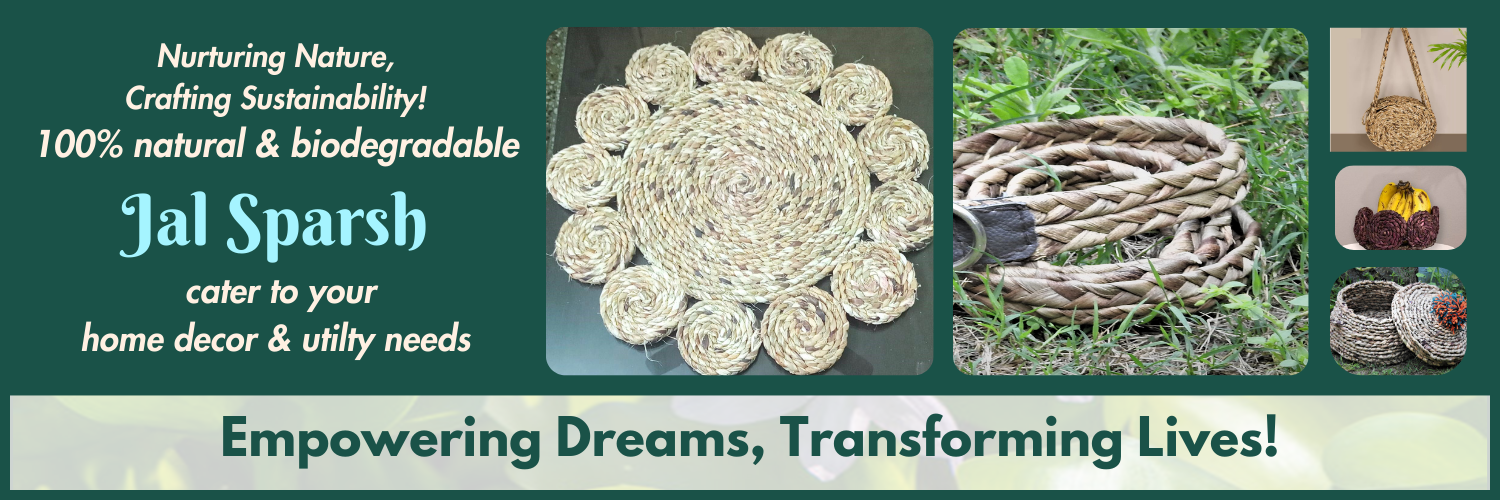
Jal Sparsh – Waste to Wealth
(Water Hyacinth to Marketable products)
Project Title
Reviving the aquatic ecosystem of 100 water bodies in 100 villages by extracting the water hyacinth from the targeted ponds & Social Upliftment of 2000 local rural marginalized women by creating Sustainable Income Generation opportunities with an intervention of developing marketable products from water hyacinth across 5 states (UP, MP, Haryana, Assam & Bihar) in India.
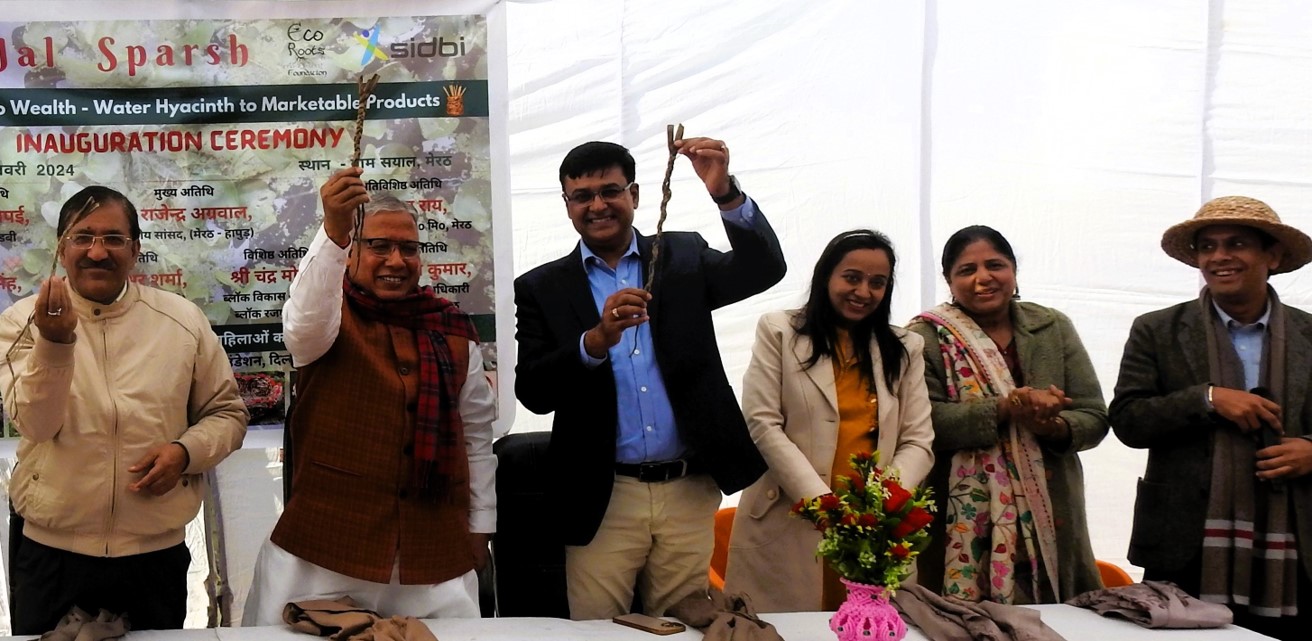
Inaugration of the Scale up project in Meerut on 15 Jan 2024 in presence of Deputy Lok Sabha Speaker & MP, Meerut Shri Rajendra Agarwal & Shri Saurabh Bajpai, DGM, SIDBI
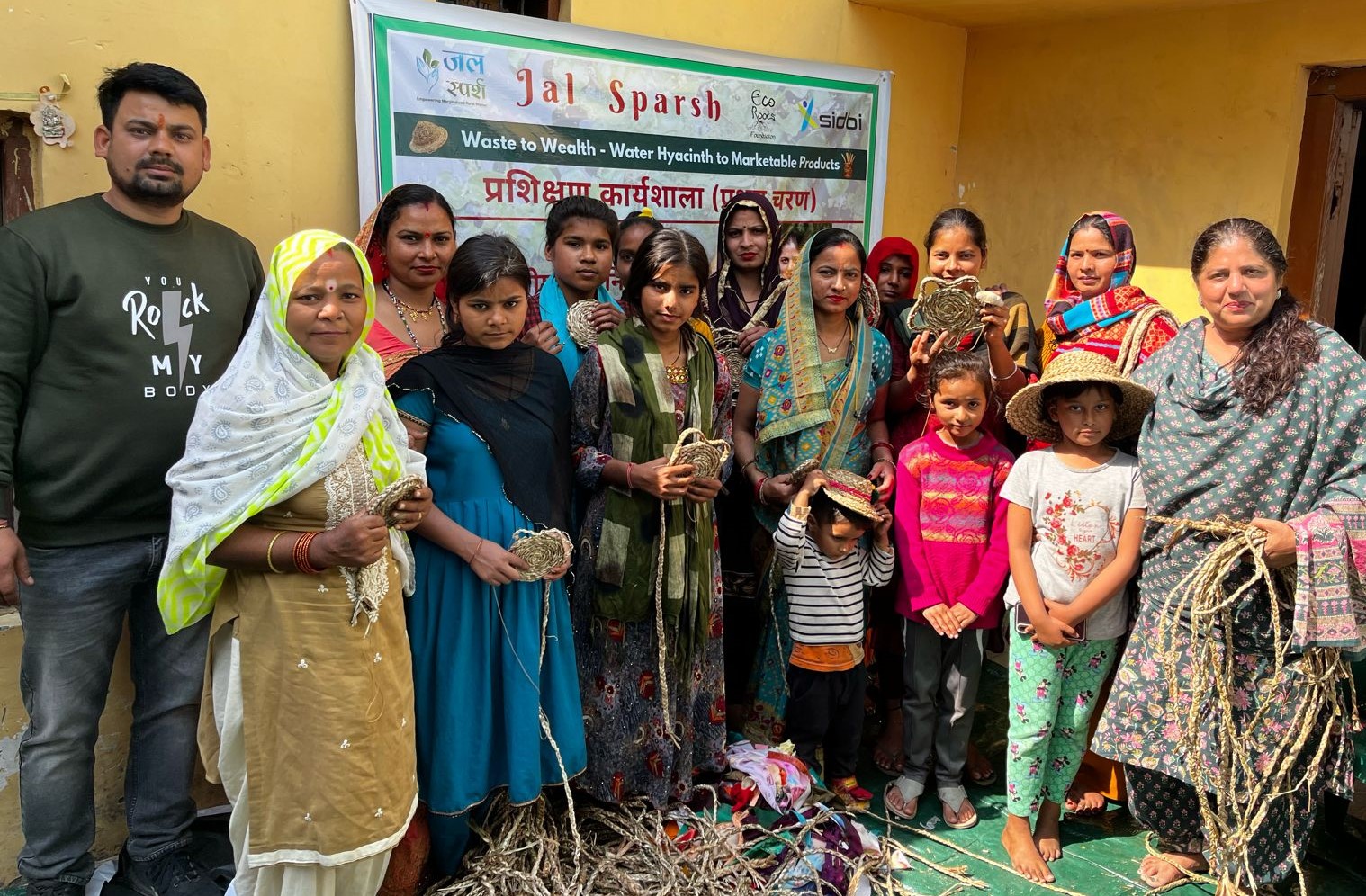
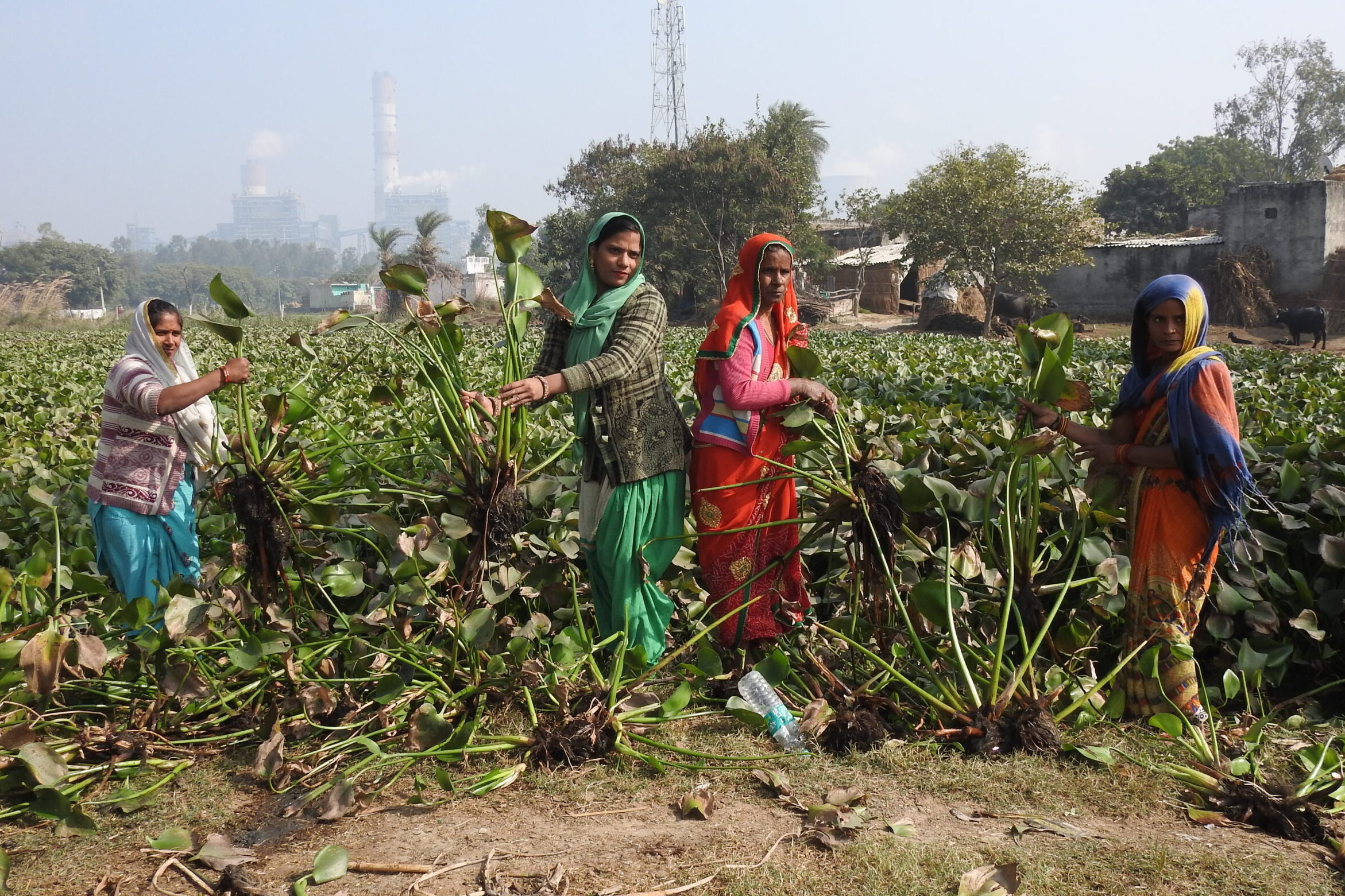
Project Overview
The project was immensely successful in the pilot phase where it was implemented in the 7 villages of District Gautambuddha Nagar supporting 140 direct rural marginalized women beneficiaries. The project has been able to provide for a regular monthly income of as high as INR 5500 per month to some extent while the women beneficiaries in the other villages are also getting a minimum income of Rs. 3000 per month. Considering the success of the pilot, the project support for the scale up was also extended to us by Small Industries Development Bank of India (SIDBI).
The scale up of the project is being implemented in 5 states and 7 districts covering 100 villages and 2000 women beneficiaries. The scaling up of the project is happening in Meerut and Hapur, Uttar Pradesh, Jhajjar in Haryana, Neemach & Ujjain in Madhya Pradesh and covering 400 tribal women beneficiaries, 200 each from West Champaran in Bihar and Sonitpur in Assam.
We look forward to creating sustainable market linkages for the 2000 beneficiaries and create sustainable income for them through the created linkages so that we can exit the project and reach out to many more beneficiaries across India.
Project Objectives
- To provide livelihood opportunities to 2000 marginalized rural women after their training and capacity building for extraction of water hyacinth and making products from it.
- Reviving water bodies/ ponds in villages across India by removal of water hyacinth and using the extracted stems in making useful and marketable products out of it.
- Creating sustainable market linkages for the women beneficiaries to keep working in the field on the project and be able to get income of it.
- Creation of Composting pits in all the 100 villages so that the leaves and roots of the extracted plant can also be put to some use
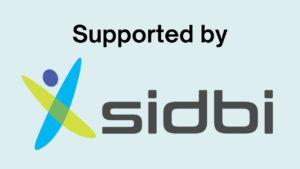
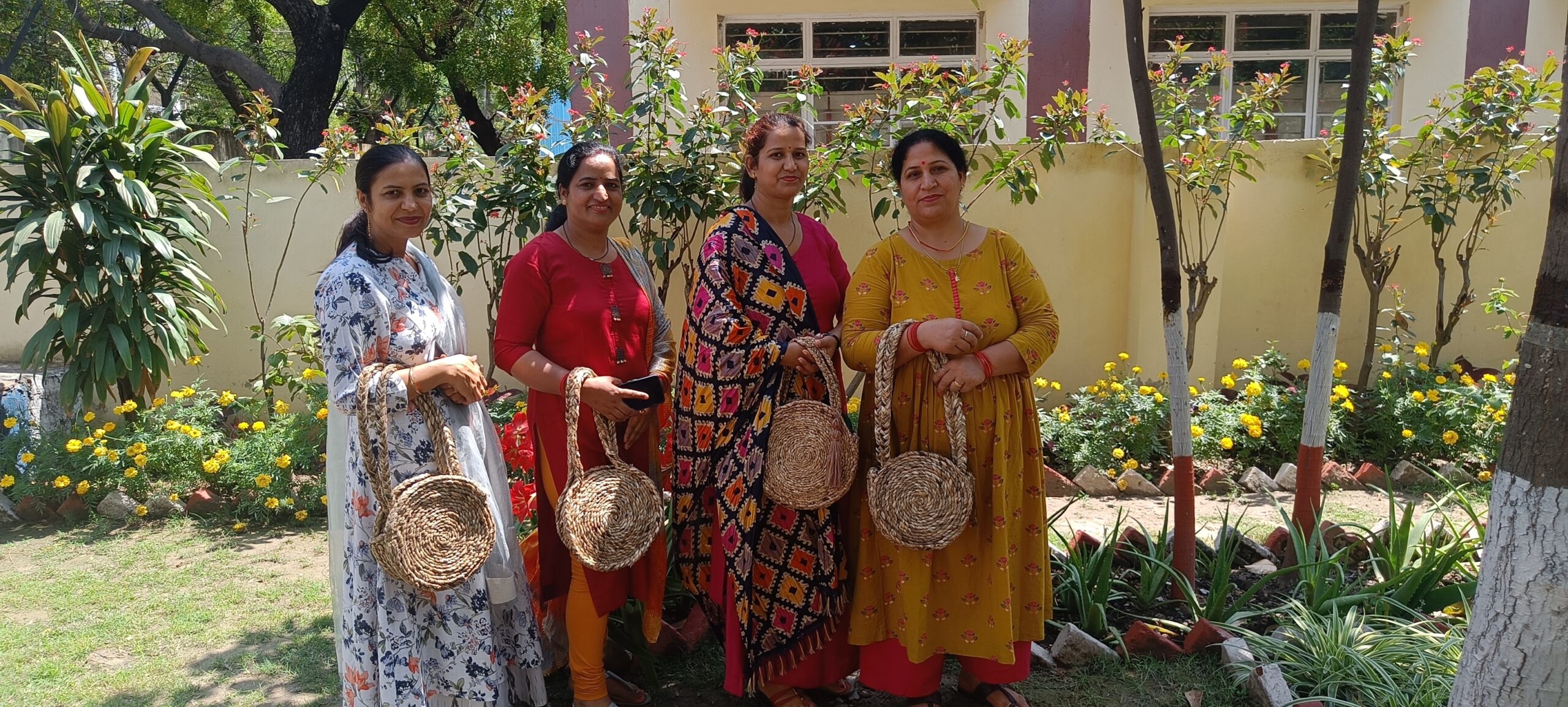
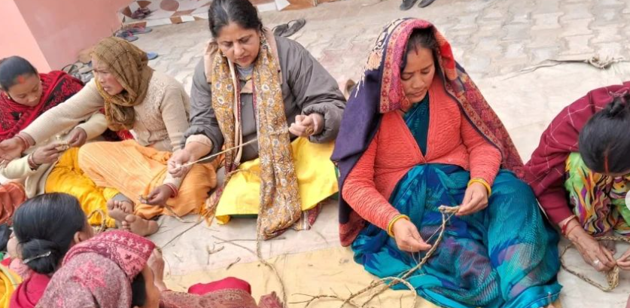
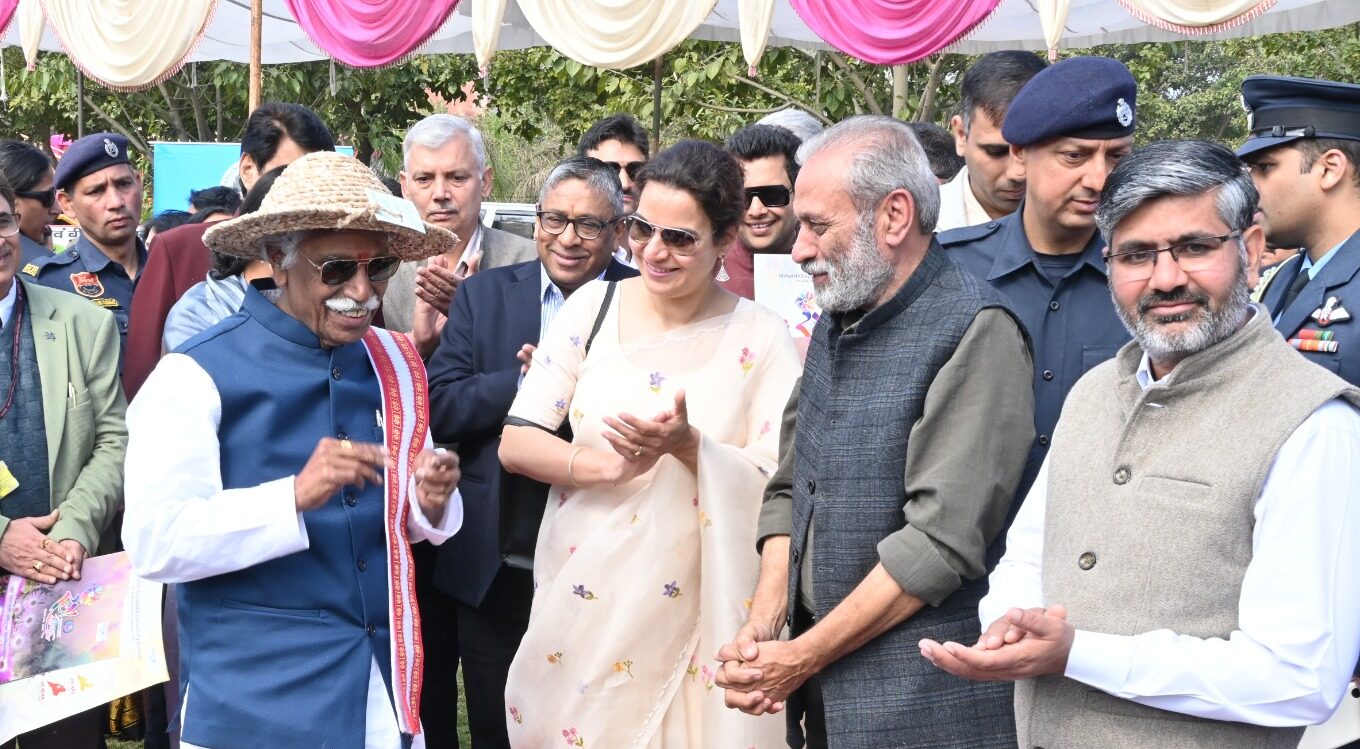
Project Activities
- Village Identification – Identification of 100 villages with 100 water bodies/ponds having water hyacinth at the targeted locations.
- Women Identification – Identification of 2000 marginalized rural women beneficiaries (20 women from each targeted village) and conducting baseline & endline survey of the beneficiaries under the project. All the women beneficiaries would be selected on the basis of them being local, rural and marginalized. Along, in Bihar & Assam, women has to be tribal.
- Extraction Tool kit distribution and Training – Provision of Extraction Tool Kit to be distributed at the village level post the identification of the women beneficiaries in a village. Post this, there is a provision for Product Development Tool Kit which would be individually given to each women beneficiary and would be done at the time of conducting Module 1 training.
- Product Development – Initially, we have conceived only four products to be developed as part of this project. But then within pilot itself the women became very enterprising and created 14 different varied products. Now with the scale up, we are going to create at least twenty different products for the market.
- Product Development Trainings – These training are being conducted in three different modules. Module -1 is focused at creating basic products like mats, coasters, hats, baskets etc. while Module 2 would be creating some advanced products out of it like handbags, cushion covers etc. and Module 3 would be focused on finishing and sustainable market linkages.
- Strong Market Linkages – Ensuring market linkage of marginalized rural women beneficiaries by way of onboarding the products developed under the project on various online platforms and setting-up stalls in schools/colleges and corporate offices etc.
- Composting of Leaves and Roots – This is a fresh addition to the scale up of this project, as this was not as part of the pilot. Under this composting pit would be created near the pond in every village. Taking the stems of the water hyacinth, the women would leave the leaves and roots behind in this composting pit. The same would get converted into manure and could be used by the women to actually make some extra income.
- Web-based dashboard – Development of web-based dashboard monitoring mechanism for tracking project activities.
- Creation of Artisan Producer Company – To ensure that the women beneficiaries work as a collective, all of them would be registered as one artist and producer company towards the end of the project.
Impact measured against Sustainable Development Goals
